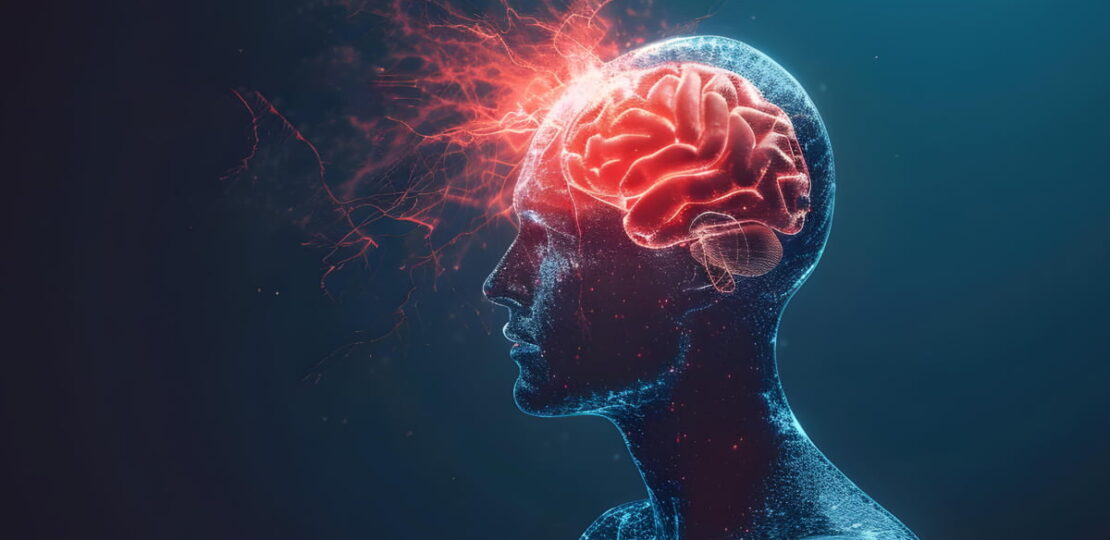Brain-Based PTSD Therapy: A New Approach to Trauma Healing
October 18, 2025 | by Steven Johnson

Healing the Brain After Trauma: How Brain-Based Therapy Is Transforming PTSD Treatment
Brain-Based PTSD Therapy, imagine your brain as a living city, filled with bridges, lights, and pathways that let thoughts, memories, and feelings travel freely. When trauma strikes, it’s like an earthquake shakes that city—some bridges collapse, alarms ring nonstop, and once-safe neighborhoods feel dangerous and foreign. People with PTSD live in cities where some streets are blocked, sirens never stop, and peaceful sleep rarely visits.
The Hidden Story in Our Brains and Brain-Based PTSD Therapy
For years, therapy focused mainly on the mind—how we think, what we remember, and the stories we tell ourselves. But new brain science shows trauma actually rewires our brains:
- The amygdala (our emotional fire alarm) turns up way too loud, setting off fear even when there’s no real danger.
- The hippocampus (our memory archivist) gets confused, so old memories flood in as if they’re happening now.
- The prefrontal cortex (our wise planner) struggles to keep control, making it hard to think clearly or calm down.
Trauma doesn’t just haunt people from the outside—it lives in the very architecture of their brains.
Brain-Based Therapy: Rebuilding from the Inside Out
Brain-based therapy is like a gentle city engineer, helping to rebuild those damaged bridges, quiet the sirens, and light up safe paths again. This approach fuses the wisdom of body, mind, and neuroscience to create truly holistic healing.
Creative “tools” used in brain-based therapy include:
- Breathwork: Each slow, mindful breath acts as a construction crew, reinforcing the “peace pathways” in the brain and reducing anxiety signals from the alarm center.
- Somatic movement: Gentle movement or yoga awakens the body’s memory—teaching it that it’s safe to inhabit this city again.
- Interoception: Tuning into interior sensations (heartbeat, warmth, tingles) is like learning the city’s weather forecast—helping clients spot internal storms before they overwhelm.
- Polyvagal exercises: Activities designed to engage our “social connection circuits” (through voice, music, or co-regulation) nurture a sense of safety and trust.
All of these techniques honor a simple idea: healing trauma is not only about thinking differently, but about rewiring the very roads our feelings travel every day.
The Science of Hope: Neuroplasticity

One of the most beautiful discoveries in neuroscience is neuroplasticity—the brain’s lifelong ability to heal, adapt, and grow new pathways. It means that it’s never too late to recover. Even if the original trauma happened years or decades ago, we can lay down new tracks, restore lost bridges, and switch off alarms that no longer serve us.
How Therapists Use Brain Science Today
Creative therapists blend classic “talk therapy” with these new, science-backed approaches:
- Tracking body cues like breath and heart rate as guides in a session—much like a sculptor feels for texture and temperature while shaping clay.
- Using gentle touch, music, or movement alongside stories and memories, supporting the whole person.
- Applying practical mindfulness (not just as a buzzword) so clients learn to pause, observe, and experience rather than react to old pain.
In real life, this means:
- Survivors of car accidents who once jumped at every sound learn to relax again through breath and grounding.
- Adults healing from childhood trauma discover, through yoga or creative movement, that their bodies can be friends—not battlegrounds.
- Veterans haunted by flashbacks use practical exercises to retrain their nighttime brain, slowly reclaiming rest.
Weaving in Connection: The Role of Relationships
Great therapy isn’t just about science—it’s also about connection. Safe, supportive relationships are powerful catalysts for brain change—mirroring, calming, and literally “co-regulating” another’s nervous system. In brain-based therapy, trust and compassion become medicine for the mind and the neural networks underneath.
Stepping Forward: Learning More
If you’re ready to explore these powerful approaches, there are opportunities to dive deeper. One rich resource is the upcoming webinar:
Brain-Based Therapy: Advancing PTSD Treatment with Brain Science
Here, clinicians and curious learners can discover the latest research, try out new techniques, and hear stories of transformation.
RELATED POSTS
View all



